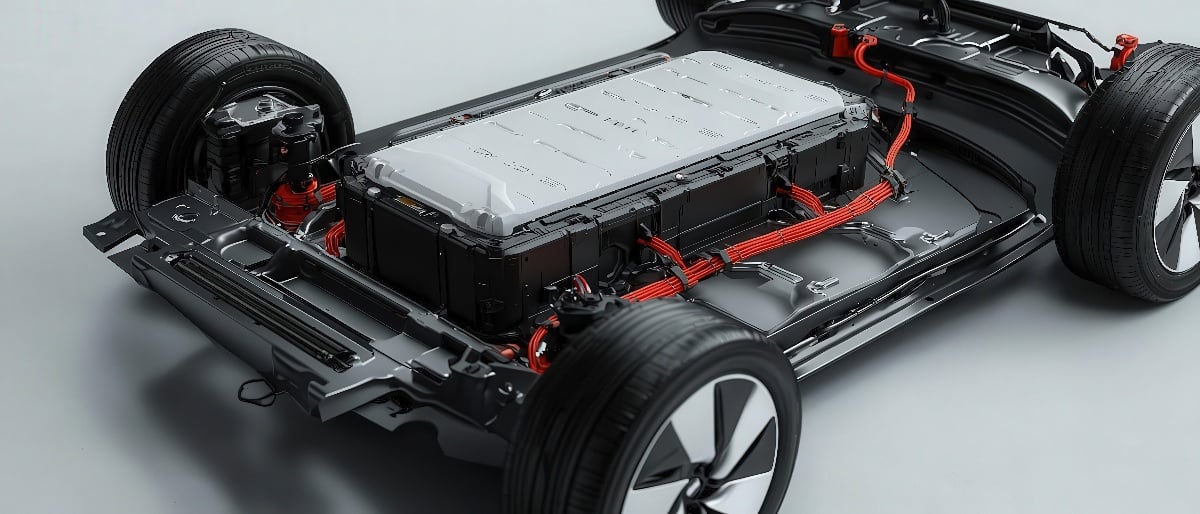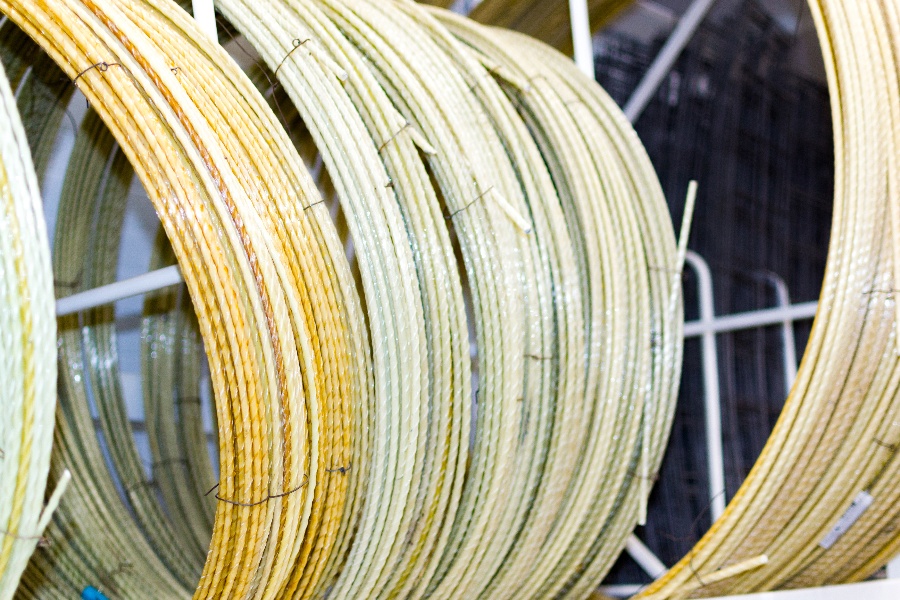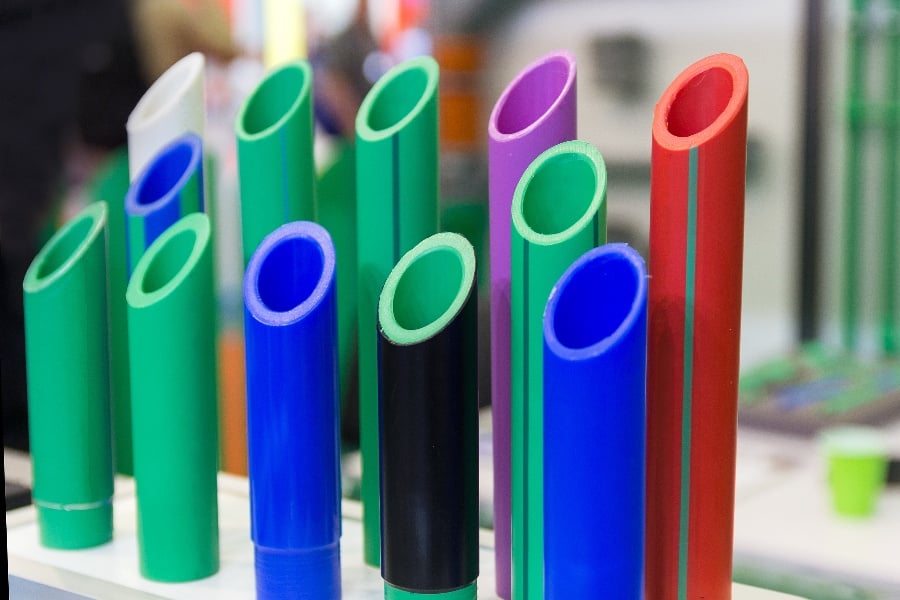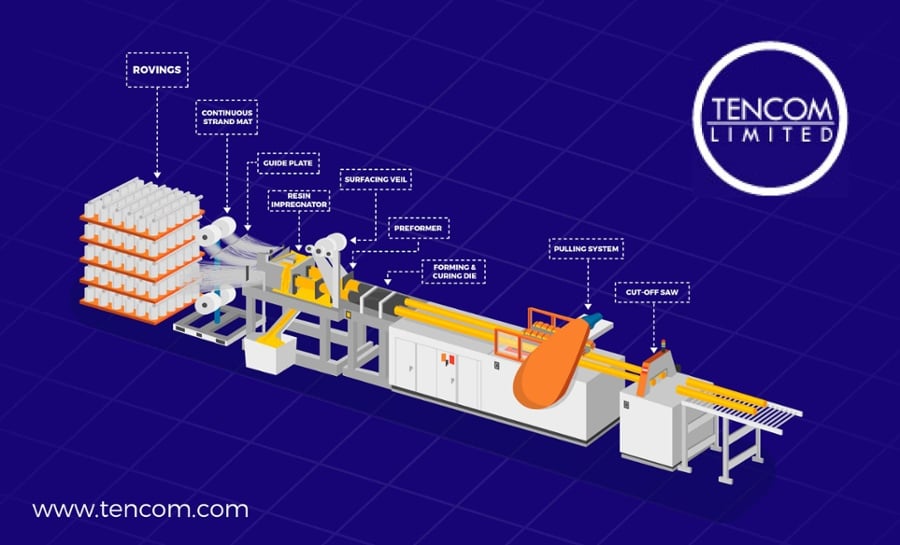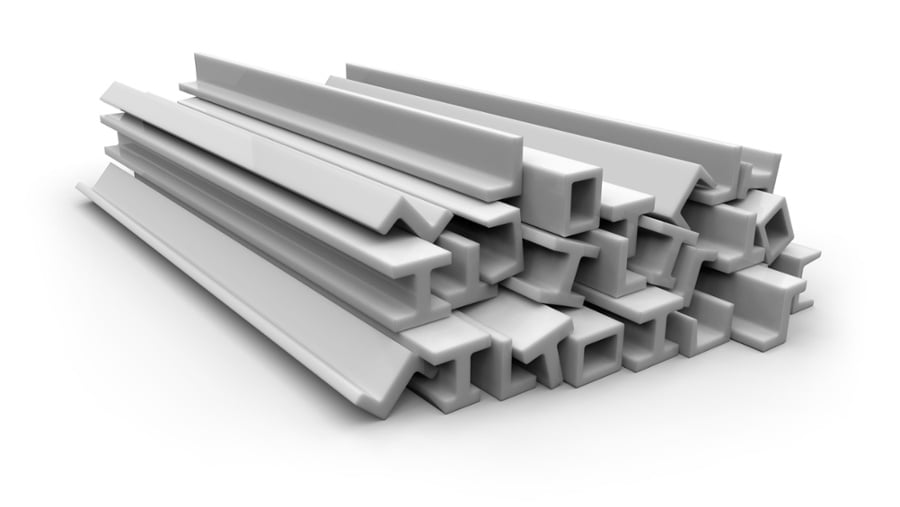
Battery casings play a critical role in the safety, performance, and longevity of modern battery systems. As batteries become increasingly prevalent in electric vehicles, consumer electronics, and large-scale energy storage, the importance of robust and reliable battery casing design continues to grow.
The battery casing serves multiple key functions—it protects the cell's sensitive internal components from external damage while facilitating essential thermal management. Additionally, the casing provides structural integrity to the battery pack and incorporates safety features to prevent issues like thermal runaway.
As batteries grow in capacity and power densities, engineering the outer casing that enables this safe, reliable, and high-performance operation is a nontrivial but critical challenge. The material selection, structural design, manufacturing approach, and integration of thermal management and safety systems for the casing must all be optimized to balance performance, safety, and cost.
This article dives into the material selection for battery casings.
Key Functions of Battery Casings
Battery casings serve several crucial functions that enable the safe, reliable, and optimal performance of modern battery systems. At a high level, these key functions include:
Protection against external factors
The casing forms a critical barrier, shielding the battery's vulnerable internal components from external mechanical damage, moisture, dust, chemicals, and other potential hazards in the product's intended environment. Robust casings are designed to withstand vibration, shock, and impact events over the battery's lifetime.
Thermal management
The casing facilitates heat dissipation and cooling air/liquid flow patterns to maintain appropriate internal temperature profiles. This enables efficient, safe operation and prevents dangerous thermal runaway. Casing design considers thermal conductivity, heat capacity, and operating temperatures.
Structural support
The casing provides mechanical strength and rigidity to support battery cells/modules and other internal components. It manages mechanical stresses from vibration, shock and pressure loads. Materials and designs are engineered for high strength-to-weight ratios.
Safety features
Special casing mechanisms, venting, isolation, and structural barriers improve safety. Features help mitigate risks of explosion, fire, electrical shorts, and propagation of thermal runaway between cells.
Well-designed battery casings are critical to managing the environmental, thermal, and mechanical needs for the safe and optimal functionality of modern battery systems across an array of applications. The casing directly enables battery integrity and longevity and prevents hazardous scenarios.
Material Selection Criteria for Battery Casings
The materials used for battery casings must satisfy a diverse set of mechanical, thermal, chemical, and economic requirements. Key selection criteria include:
Mechanical properties
Materials require sufficient strength, stiffness, and ductility to provide structural integrity while resisting impacts, crashes, and vibrations over thousands of loading cycles. Lighter materials with high strength-to-weight ratios are favored.
Thermal properties
Casing materials need adequate thermal conductivity to enable heat dissipation from battery cells. Coefficients of thermal expansion must be compatible with adjoining components. Operational temperature capacities have to align with battery performance profiles.
Chemical resistance
Materials endure prolonged exposure to electrolytes, salts and potential gas emissions without degrading. Superior corrosion resistance to moisture and contaminants is necessary for multi-year lifetimes.
Weight considerations
Lower-density materials are targeted to improve energy density at the pack level. But adequate mechanical performance necessitates a certain minimum thickness or strength.
Cost-effectiveness
Raw material and fabrication costs are optimized while meeting other functional goals. Manufacturability and ease of assembly are vital for economical production scale.
Casing material selection demands a holistic analysis across mechanical, thermal, chemical, and economic constraints to serve both performance and affordability needs. Composite materials and metals like aluminum and steel offer a robust combination. Continued material innovations further drive improvements in future casing designs.
The Promise of Fiberglass-Reinforced Plastic Composites
Fiberglass-reinforced plastic (FRP) composites represent an emerging casing material option providing an optimized balance of strength, durability, and lightweight construction. The fiberglass cloth reinforcement provides exceptional tensile and bending strength and stiffness, while the polymer plastic matrix binds the fibers together and transfers loads between them.
Compared to metals, FRP composites achieve similar strength at a fraction of the weight, making them compelling structural materials for weight-sensitive battery applications. Energy density at the battery pack level improves significantly with lighter casings. FRP also offers excellent corrosion resistance for long service lifetimes exposed to battery chemistry.
The fibers and matrix can be formulated with flame-retardant ingredients to meet stringent battery fire safety standards, while the composite’s low thermal conductivity also helps retard thermal runaway propagation. Further, FRP casings provide electrical and thermal insulation of battery cells from external environments for stable operating temperatures.
Manufacturing processes for FRP, like compression molding, are amenable to the high-volume, repetitive production required to meet growing lithium-ion battery demand across electric vehicles and consumer electronics. The material's malleability eases the integration of complex mechanical features into monolithic casing structures.
With their lightweight, non-conductive, and corrosion-resistant properties combined with design flexibility, FRP composites have significant potential to serve as durable and reliable battery casings, especially as industries push the envelope on performance versus cost. Continued development of FRP materials and production methods will further improve viability.

